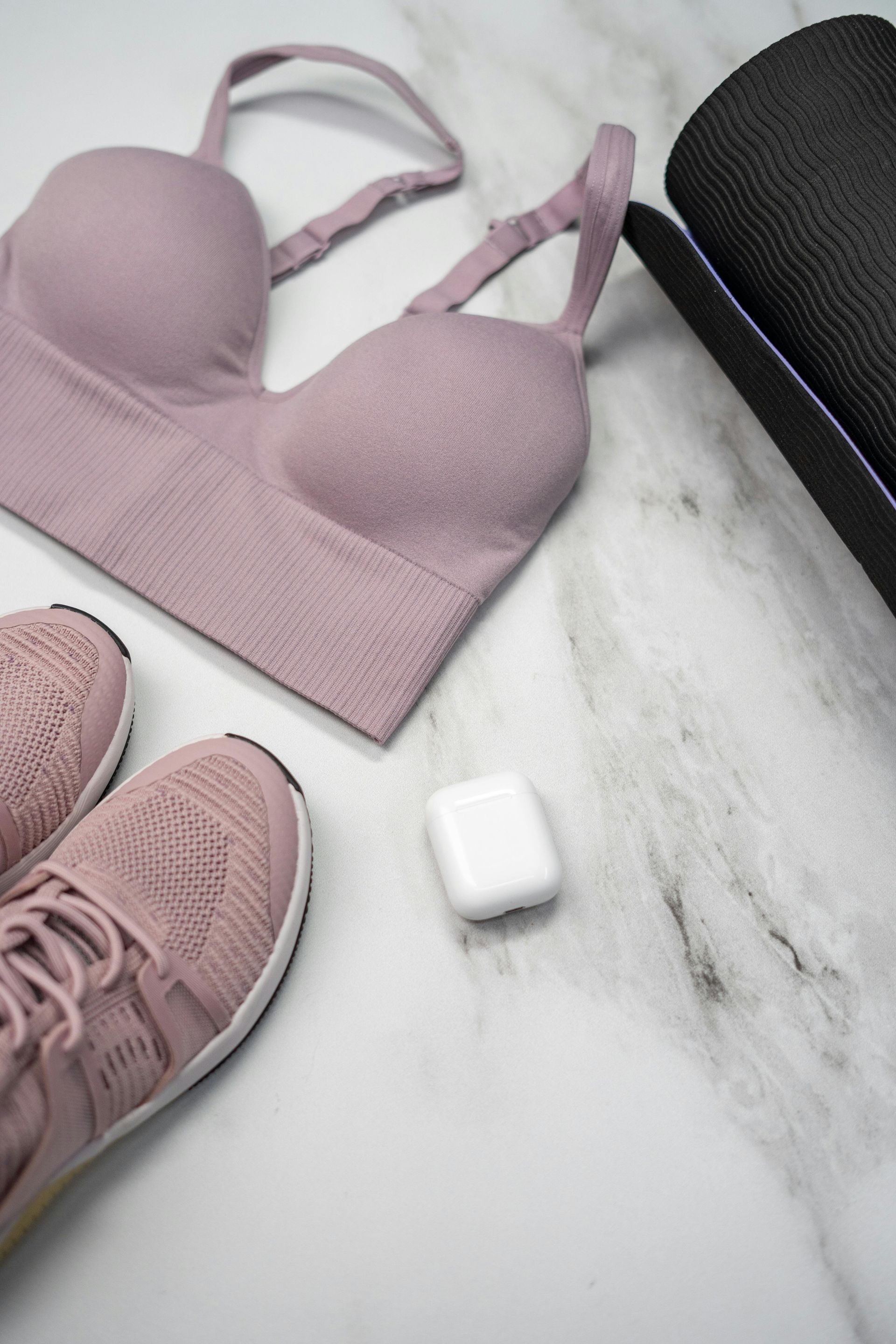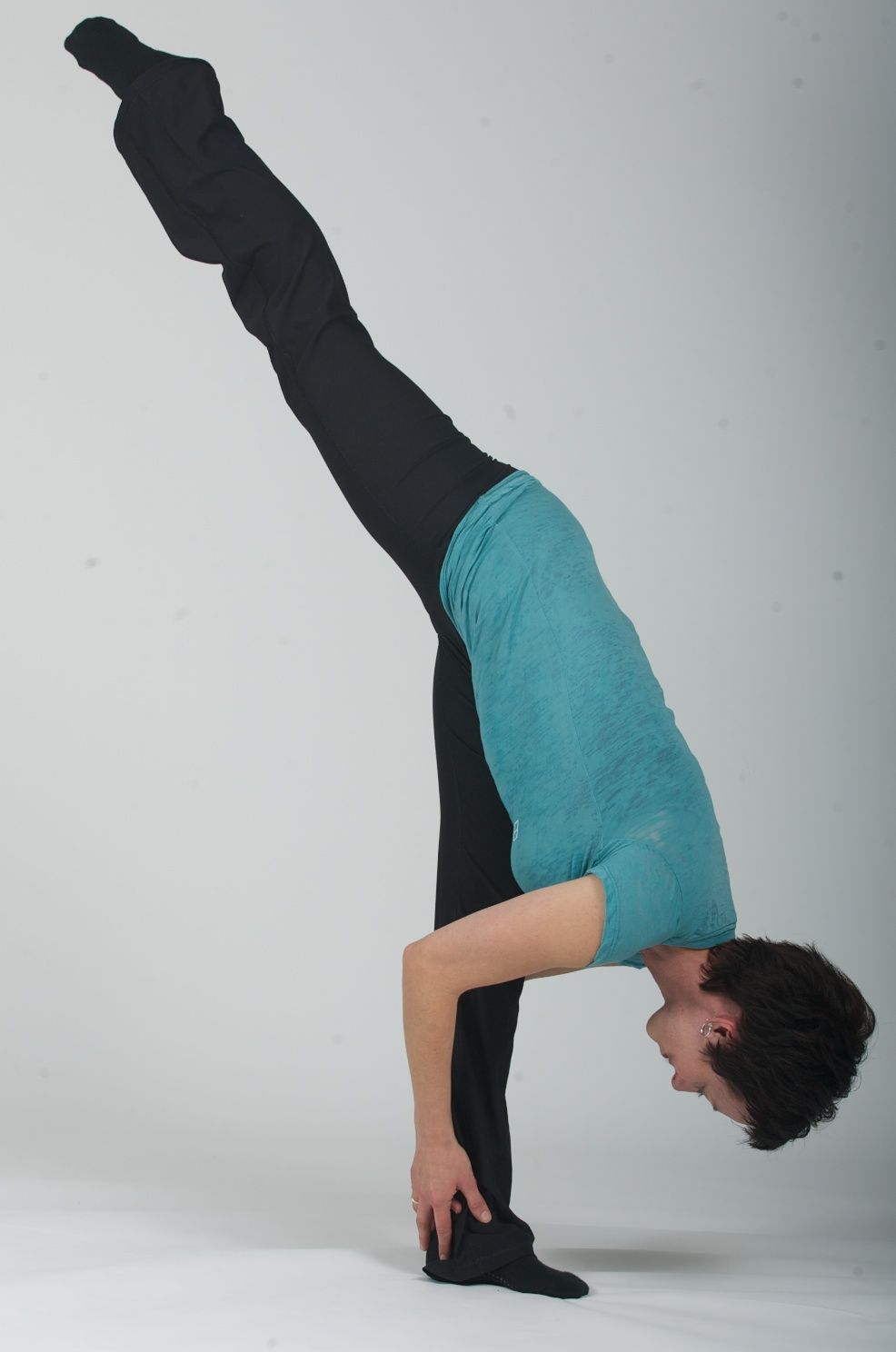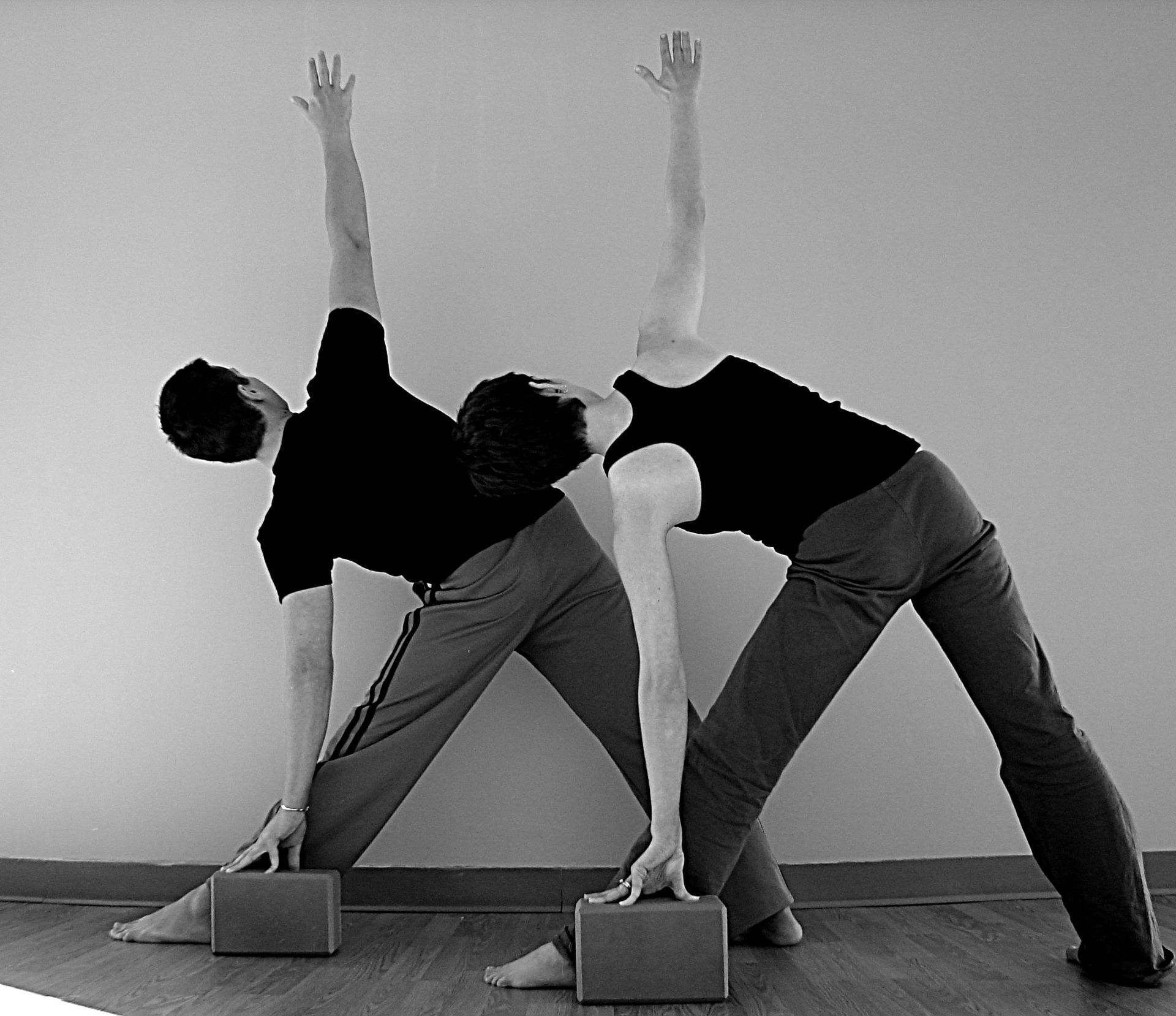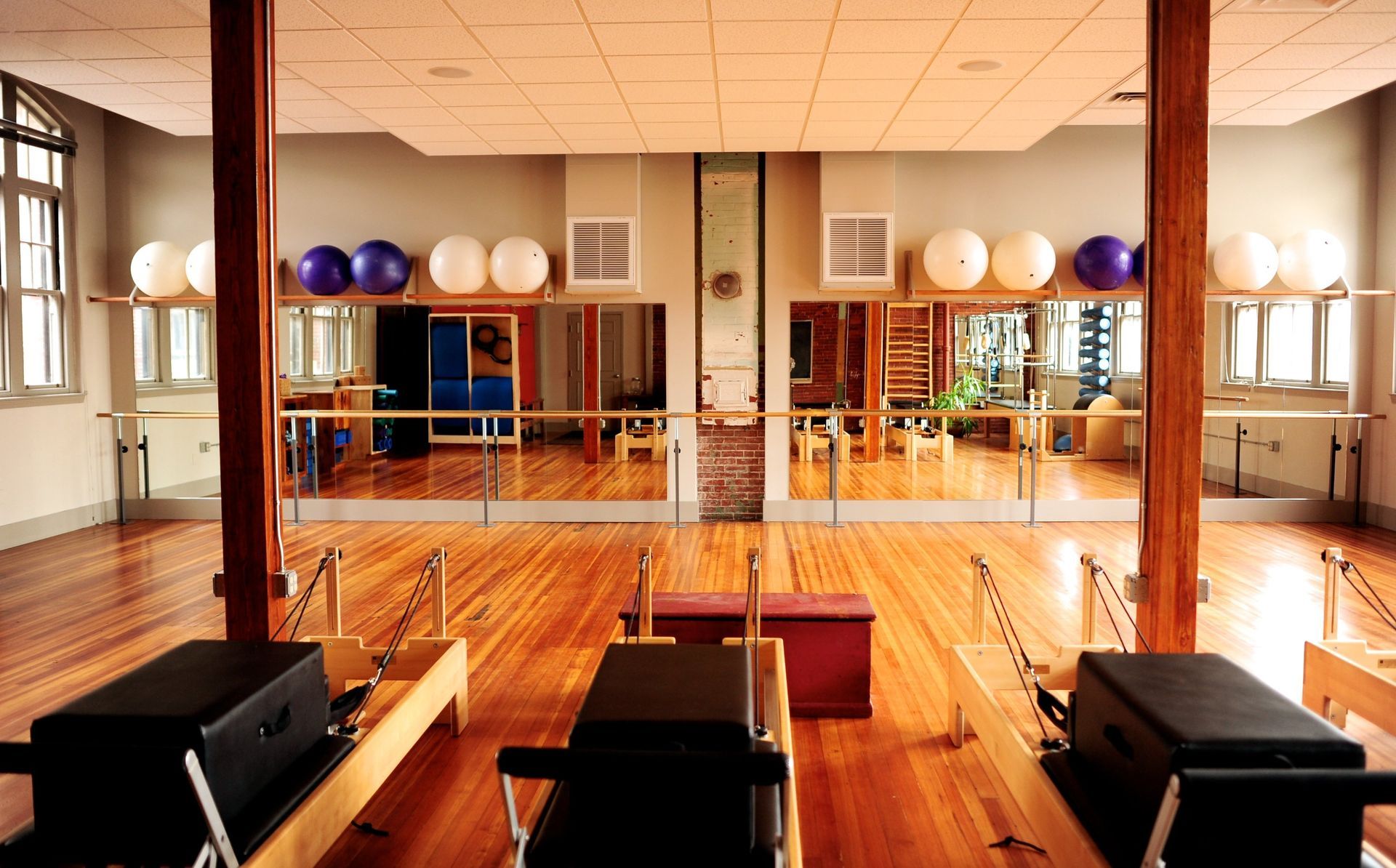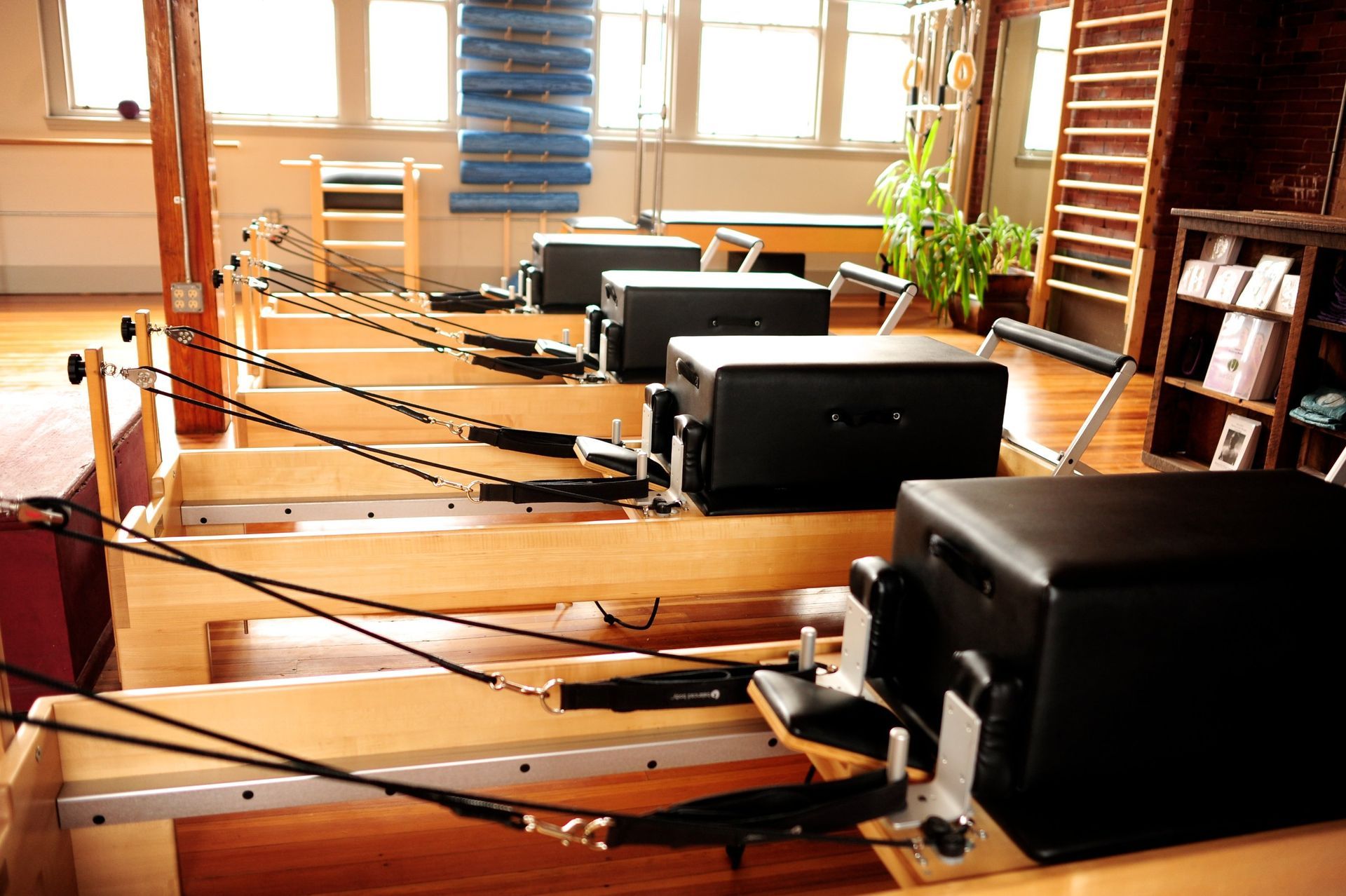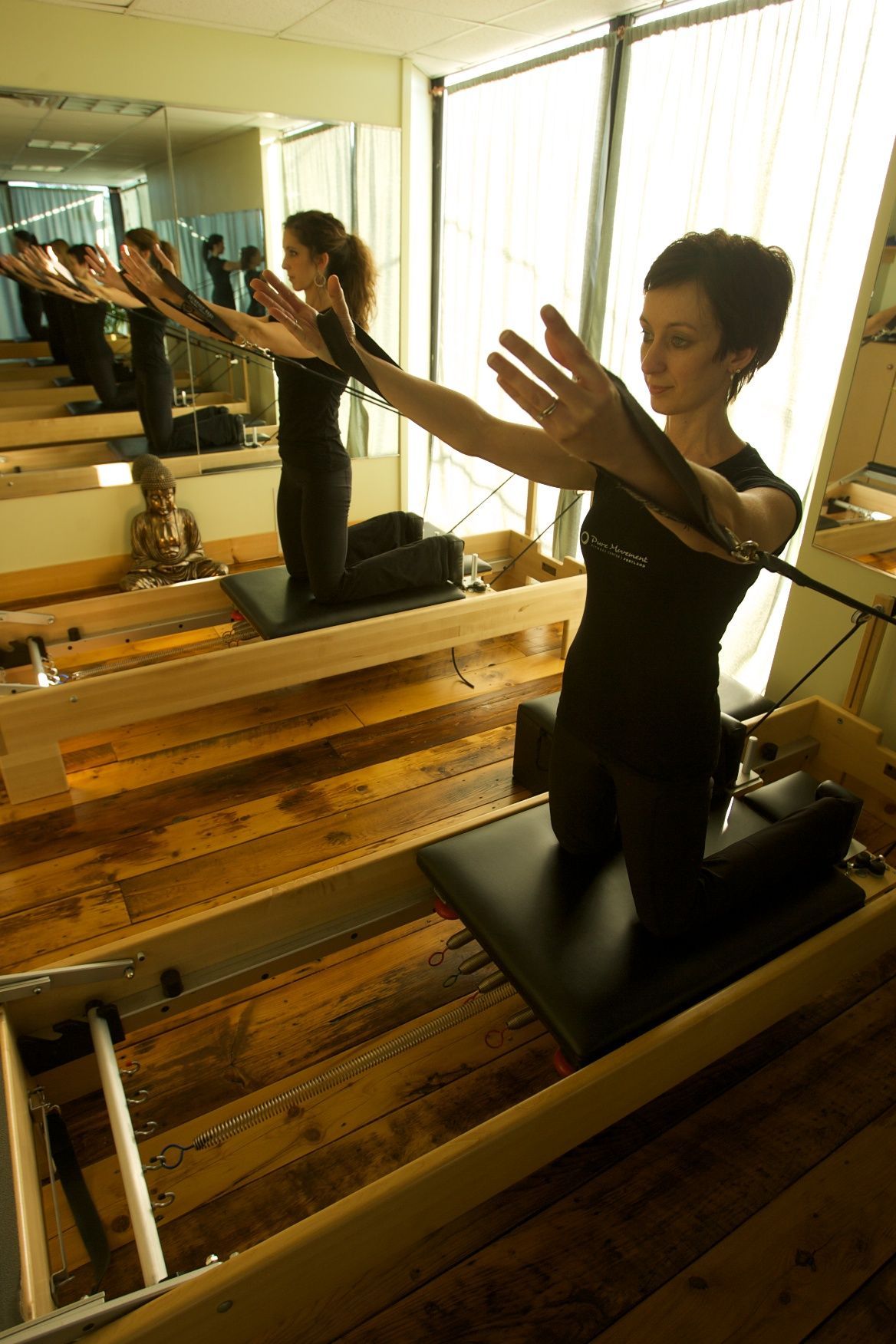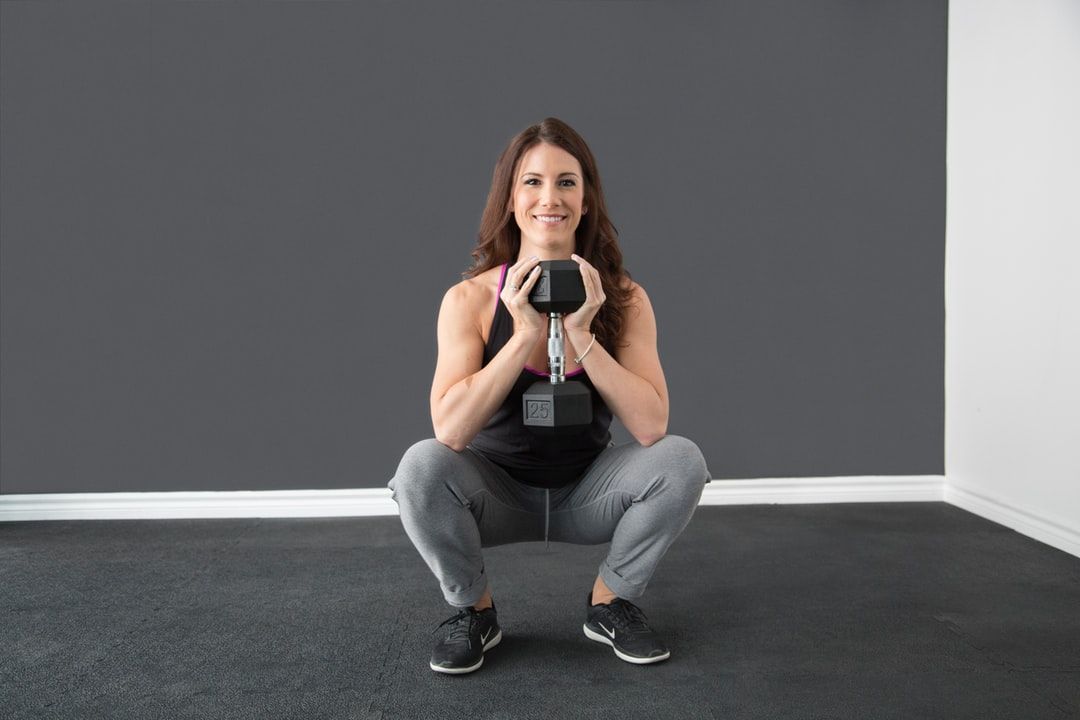The Truth About Tucking
Why You Should Stop in Barre & Pilates
Introduction: Why We're Talking About the Tuck
You’ve probably heard it in class: “Tuck your pelvis!” or “Scoop your tailbone under!”
While it may sound like a cue to improve posture or engage your core, the truth is that chronic tucking is doing more harm than good.
As a teacher with over two decades in Barre and Pilates, and someone who personally recovered from a herniated disc at L5-S1, I can confidently say: it’s time to Fuck the Tuck—and I even teach a whole workshop on exactly why.
This blog is for students, teachers, and curious movers who want to understand the anatomy, the mechanics, and the myths behind tucking—and why neutral spine is your body’s best friend.
Part 1: What Is a Tuck—and Why Was It Ever Popular?
The "tuck" refers to posterior pelvic tilt: when the tailbone scoops under, flattening the lower back. It's a position that, in theory, engages the abs and protects the spine.
In Barre, the tuck became a hallmark aesthetic—think ballet-meets-core-burn. In Pilates, tucking may show up in rolling movements or imprint position, but it was never meant to be the end-all-be-all.
The problem isn’t the tuck itself. It’s when the tuck becomes the default.
Chronically holding a tucked pelvis shuts down the spine’s natural curves, dulls the work of the abdominals, and inhibits the pelvic floor from firing effectively.
Part 2: What You're Missing When You Always Tuck
Let’s talk about what's not happening when you're always in a tuck:
- Your abdominals aren’t learning their job. When you grip the glutes or jam the pelvis under, the deep core (including the transverse abdominis) isn't truly initiating movement or support.
- Your lower back muscles get lazy. Your erector spinae should be active participants in posture and stability. A flat or overly rounded lower back means they’re not working well—or at all.
- Your pelvic floor is out of sync. The pelvic floor needs both lift and length. Constant tucking keeps it in a short, tense position, which can actually weaken it over time.
It’s like asking a team to run a relay race but tying their shoelaces together. You’re limiting range, power, and coordination.
Part 3: Understanding Neutral Spine—and Why It Matters
Neutral spine isn’t a buzzword. It’s a foundation.
In a neutral spine:
- The natural S-curve of the spine is maintained.
- The pelvis is level, not tipped forward or back.
- The core muscles work in harmony—abdominals, back, and pelvic floor.
In Pilates, we often move through spinal flexion—like in Rolling Like a Ball, Teaser, or the Ab Series—but those exercises begin and end in neutral. We roll, articulate, explore—but we don’t live there.
Even in something like Teaser, which seems like a “tuck,” the spine is dynamically lengthening. You're not holding a tucked pelvis—you’re transitioning through it.
Part 4: Tuck Culture in Barre: Pretty Shapes, Poor Mechanics?
Barre is where the tuck went from a cue to a culture. Many classes push a version of pelvic tilt to intensify thigh and core work.
But here’s what actually happens:
- Hip flexors often grip more than they should.
- Quads dominate, while glutes are under-utilized.
- The low back gets compressed or shut down altogether.
- Clients leave with burn but not balance.
When students ask me why their hips ache or why they aren’t seeing core strength gains, the answer is often: you’ve been faking the work with a tucked pelvis instead of training the whole system.
Part 5: So… Should We Never Tuck?
Not quite. Tucking the pelvis is a movement—one you should absolutely explore in context.
✔️ In a roll down or Pelvic Curl, it’s a beautiful articulation.
✔️ In a cat stretch, you might tuck slightly as you round up.
✔️ In Barre, the seatwork section is all about the tuck. This is where the tuck should live, when we are working the glutes and challenging them with the weight of the leg, trying hard to maintain netural pelvis and spine.
Think of it this way: Would you hold a bicep curl at 90 degrees all day long? No. You move through it. The same is true of spinal flexion and the tuck.
Part 6: Teaching Neutral, Feeling Strong
One of the biggest challenges for instructors is getting clients to feel neutral.
Here are a few of my favorite cues and teaching strategies:
- "Feel your sit bones widen on the mat or floor."
- "Lift your pubic bone without tucking your tail."
- "Imagine the front and back of your waist lifting equally."
- "Can your spine get longer without losing your curves?"
The core lights up so much more when the spine is long and the pelvis is balanced.
In my Fuck the Tuck webinar, we dig deep into how to teach neutral, how to cue better, and how to get students to feel the difference.
Part 7: The Pelvic Floor Puzzle
The pelvic floor isn’t a passive player—it’s a dynamic muscle group that supports organs, stabilizes the spine, and contributes to continence and sexual health.
It works with the diaphragm and deep abdominals. But chronic tucking disconnects this system. Instead of lifting and lengthening, the pelvic floor stays in a short, tense position. This can lead to:
- Leakage
- Lower back pain
- Hip dysfunction
- Core instability
Working in neutral allows the pelvic floor to do what it’s meant to do: respond to pressure, support movement, and fire reflexively—not just on command.
Part 8: From Rehab to Resilience—My Personal Experience
During the pandemic, I herniated a disc at L5-S1. What followed was months of careful recovery—where tucking wasn’t even an option.
What healed me? Learning to move from neutral, to trust my abdominals and back extensors, and to rebuild pelvic floor strength without clenching.
I created a Reformer-based back care video, and I revisit its principles in every class I teach: trust the core, respect the curves, and stop overcorrecting with a tuck.
Conclusion: The New Era of Barre & Pilates Cueing
Tucking isn’t evil—but it’s not a strategy for stability. It’s time to retire the overuse of the cue and empower students and teachers with better tools.
Whether you're a teacher wanting more effective cues or a client wondering why you’re still dealing with pain or weakness, the answer might be simpler than you think:
💡 Let go of the tuck. Find your neutral. Move better.
